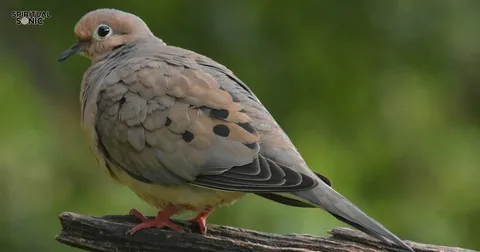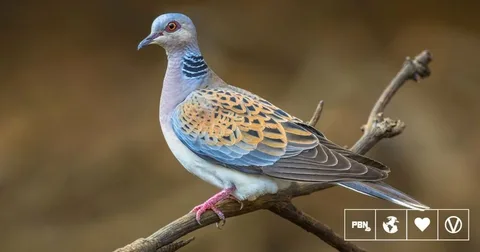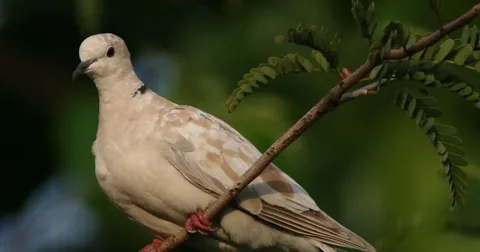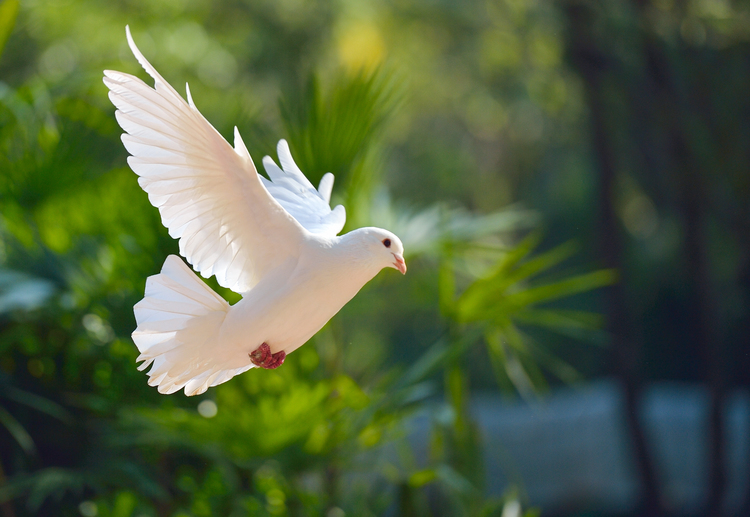Text: Diamond Dove Tiny Treasures of the Bird World
1. A Gentle Jewel of Nature

Diamond doves Among the many species of doves, the Diamond doves (Geopelia cuneata) holds a special place for bird lovers. Doves Native to the sunlit landscapes of Australia, this small bird has earned admiration for its elegance, quiet nature, and sparkling plumage. Averaging only 20–23 centimeters in length, it is one of the smallest pigeons in existence. The name “diamond dove” comes from the distinctive white spots that shimmer on its wings, giving the impression of precious gems scattered across a soft gray canvas of Diamond Doves.
2. Distinctive Features and Color Mutations

The wild form of the diamond dove displays a silver-gray body, a long slender tail, and a bright orange-red ring around its eyes. These traits create a striking contrast that makes the bird instantly recognizable. However, through selective breeding, many color mutations have been developed.
Some of the well-known varieties include:
- Silver: a pale, almost icy version of the natural gray.
- Fawn (Isabella): warm brown shades that give a soft, earthy charm.
- Pied: unique mixtures of white and gray patches across the body.
- White: a pure snowy appearance, paired with the classic red eye ring.
- Lutino (Red-eyed): creamy or yellowish tones with bright ruby eyes.
These variations make diamond doves an exciting choice for aviculturists who appreciate both natural beauty and creative breeding.
3. Life in the Australian Outback

In their native habitat, diamond doves thrive in semi-arid regions and open grasslands. They are usually spotted near waterholes or riverbanks where food and hydration are available. Their diet in the wild consists mainly of small seeds, which they forage on the ground.
Despite their delicate looks, these birds are remarkably resilient. Their calm flight, soft calls, and flocking behavior help them remain safe from predators. When the landscape becomes harsh due to droughts, they migrate in small groups toward areas with better resources. This survival instinct highlights their adaptability, a trait that also benefits them in captivity.
4. Caring for Diamond Doves as Companions

Diamond doves are among the easiest dove species to keep, but they still require thoughtful care. They need a spacious cage or aviary where they can fly short distances, as exercise is crucial for their well-being. Clean perches, fresh water, and access to bathing dishes are all part of maintaining their health.
A balanced diet includes mixed seeds such as millet, canary seed, and small grains, supplemented with leafy greens and grit for digestion. Their calm personalities make them ideal for peaceful households, as they rarely bite or show aggression. In fact, many owners enjoy their soft cooing, which is gentle and relaxing rather than loud or disruptive.
When kept in pairs, diamond doves may breed readily. They build small, simple nests, often using twigs or grass provided by their keepers. Both parents share incubation duties, and within two weeks, tiny chicks emerge. Observing their family life is one of the most rewarding aspects of keeping these birds.
5. Diamond Dove are Popular Around the World
The popularity of diamond doves has spread far beyond Australia. Their beauty, manageable size, and peaceful nature make them excellent pets for beginners and experienced bird keepers alike. Unlike parrots, they do not require constant attention or training, yet they still bring charm and liveliness into a home.
Moreover, their variety of colors appeals to collectors, while their gentle cooing provides a soothing atmosphere. For many bird enthusiasts, diamond doves represent the perfect balance between elegance and simplicity. Whether admired in an aviary or appreciated as companions, these tiny treasures continue to win hearts worldwide.
 Birds Drawing Birds Drawing
Birds Drawing Birds Drawing
